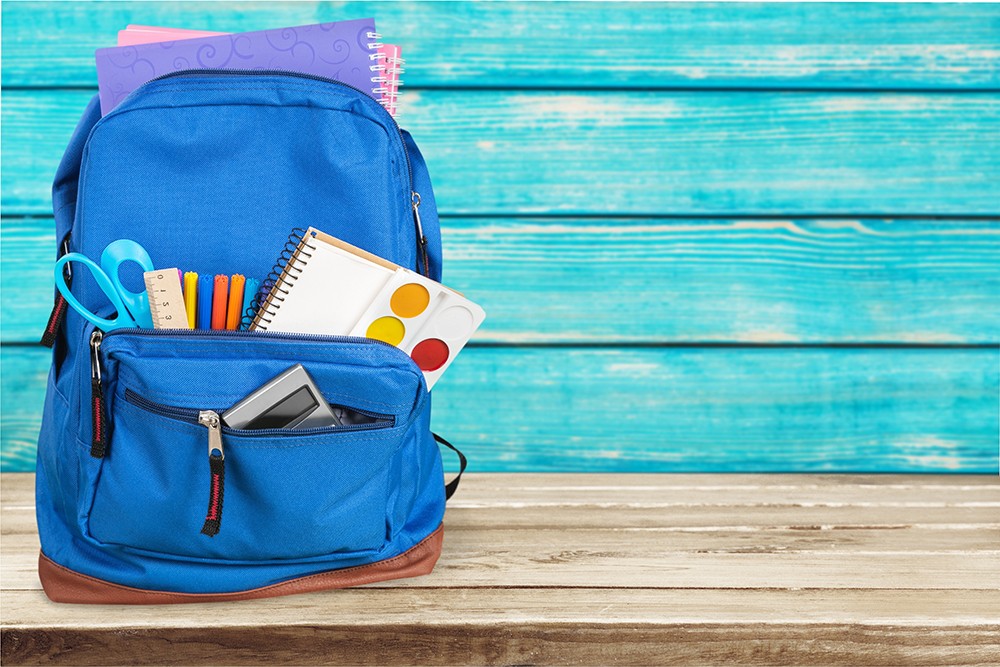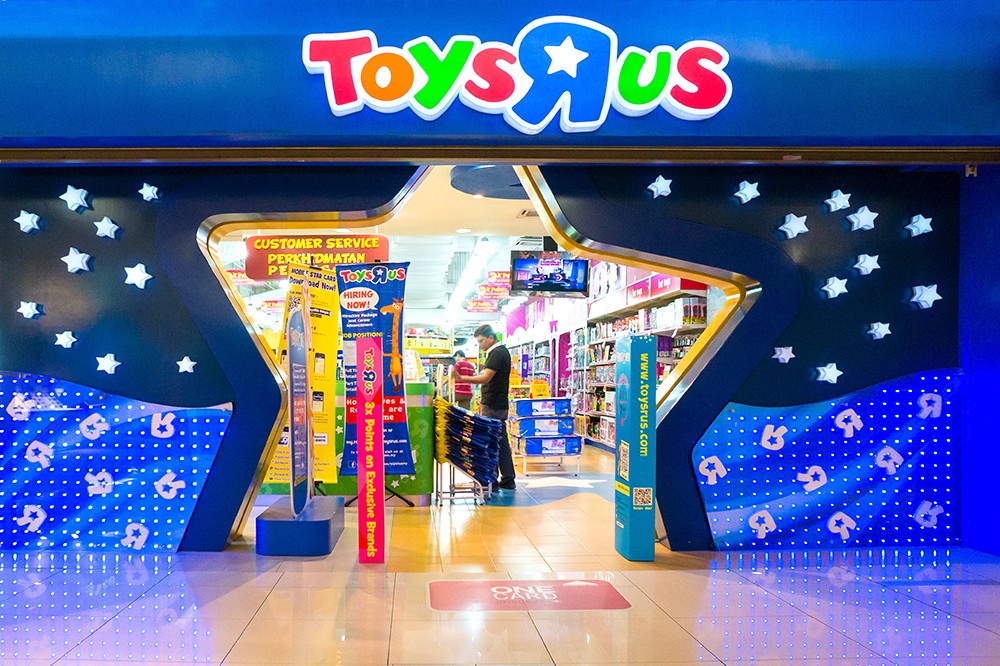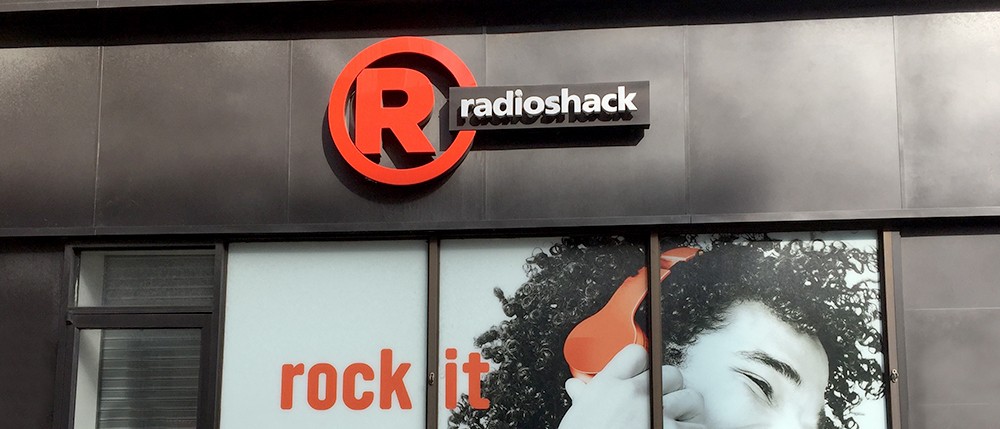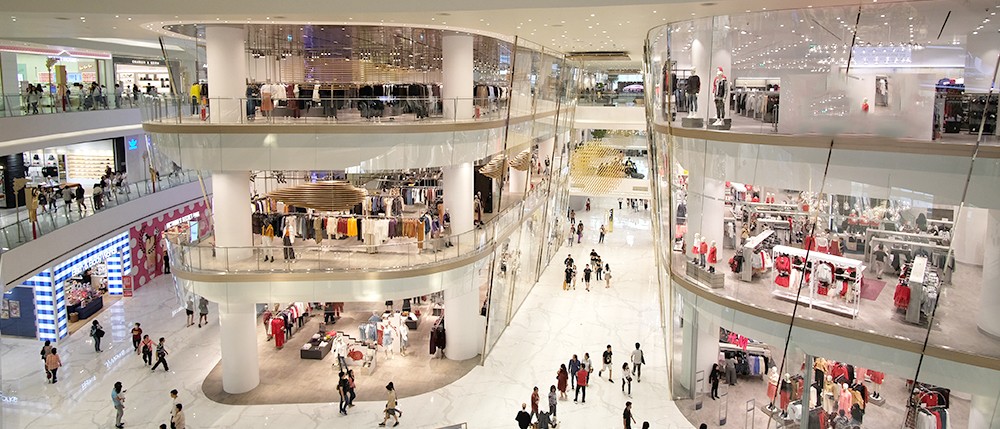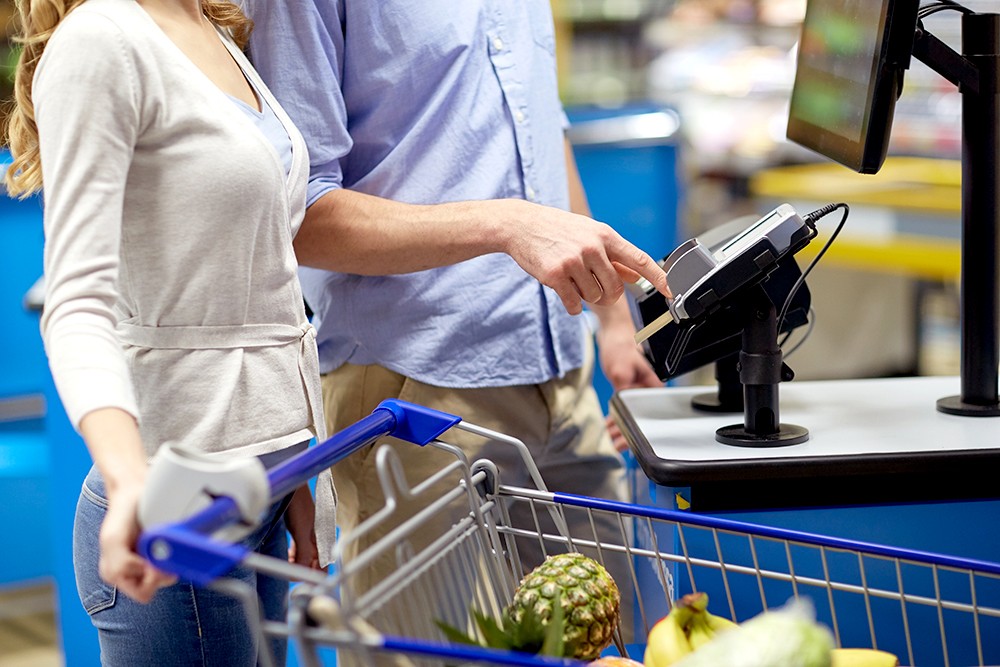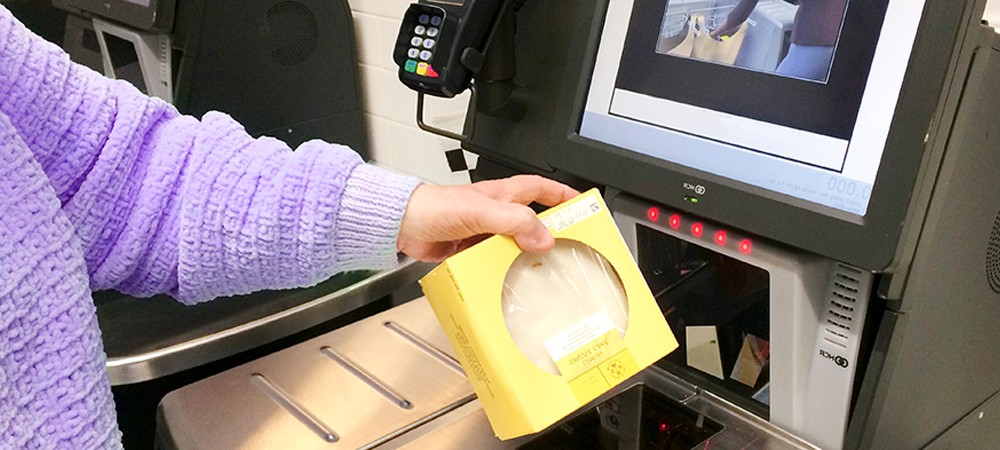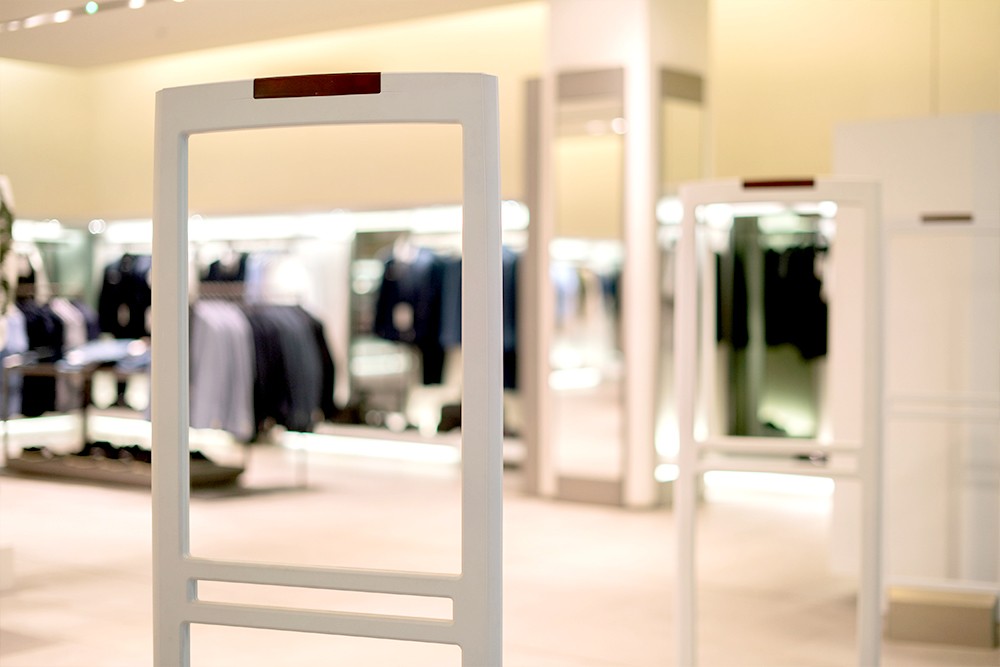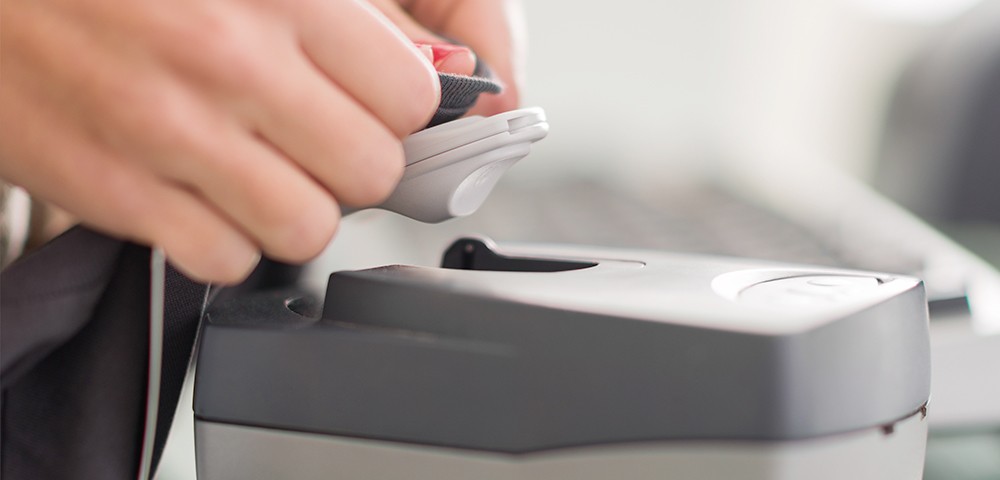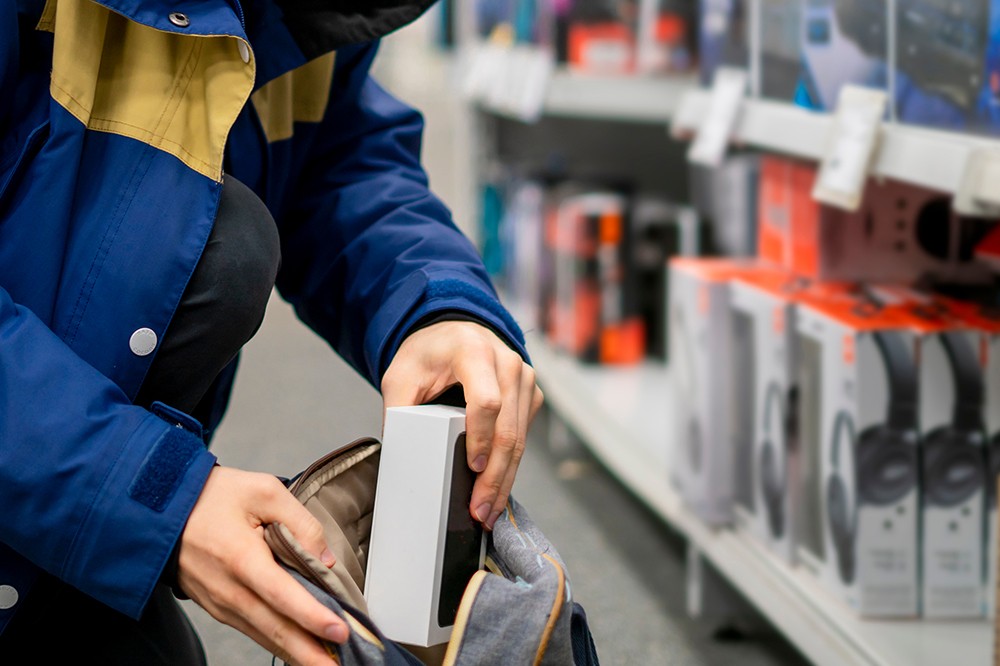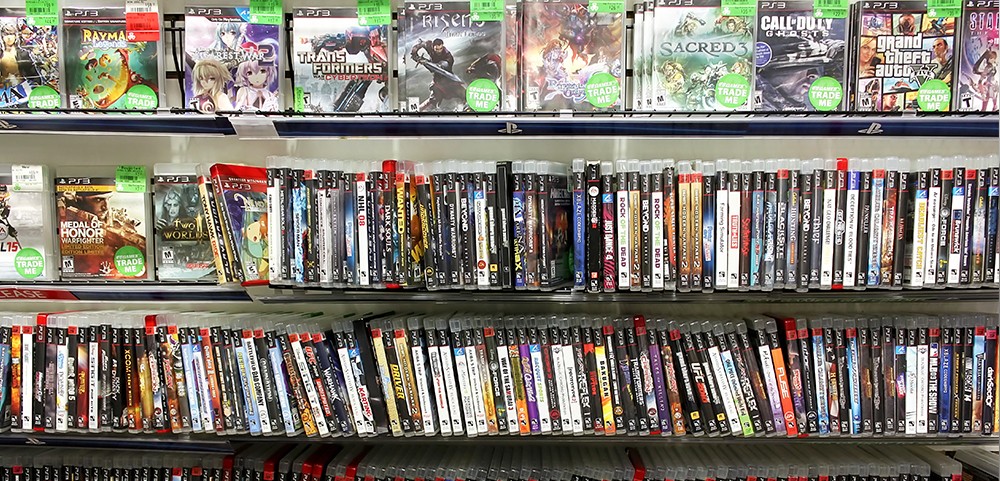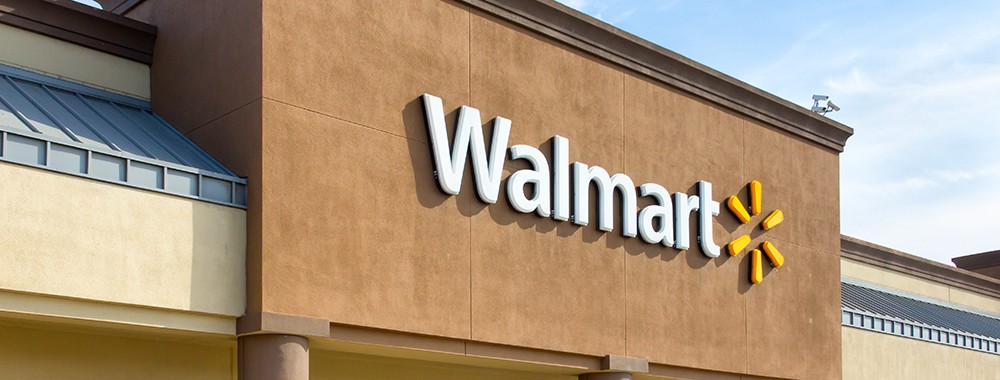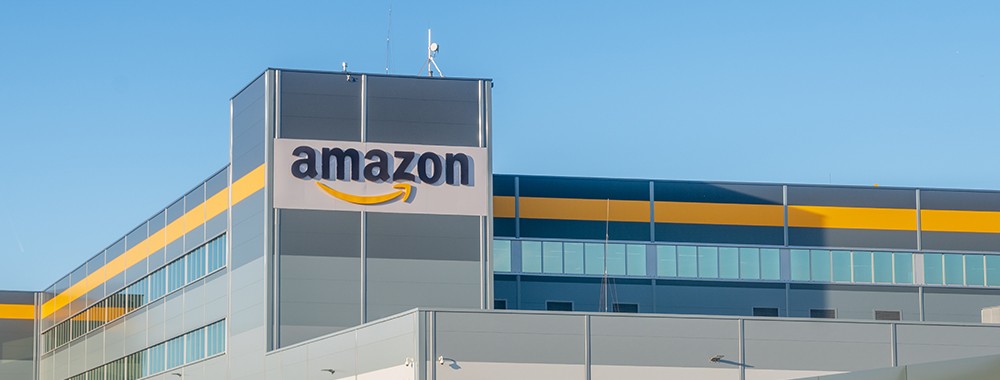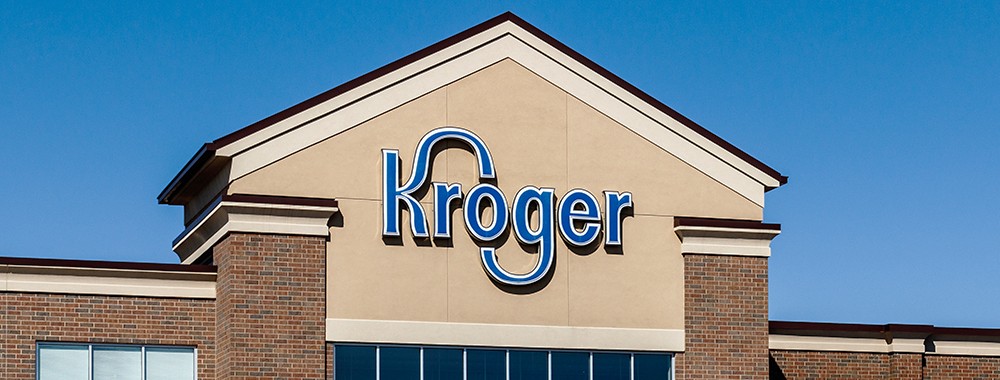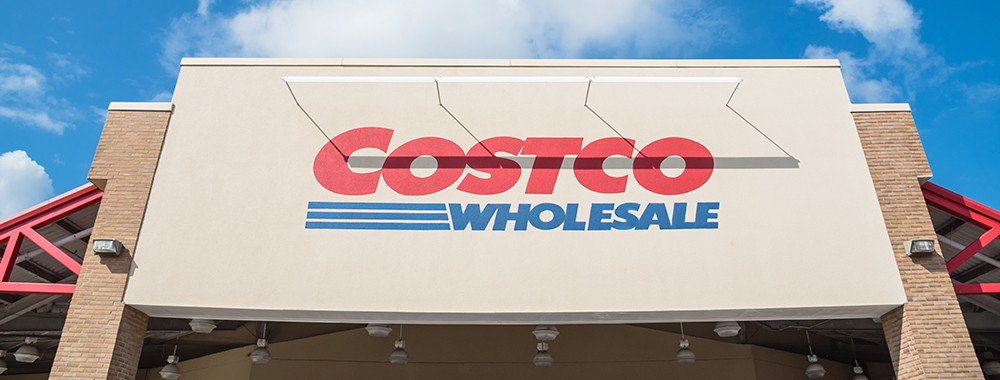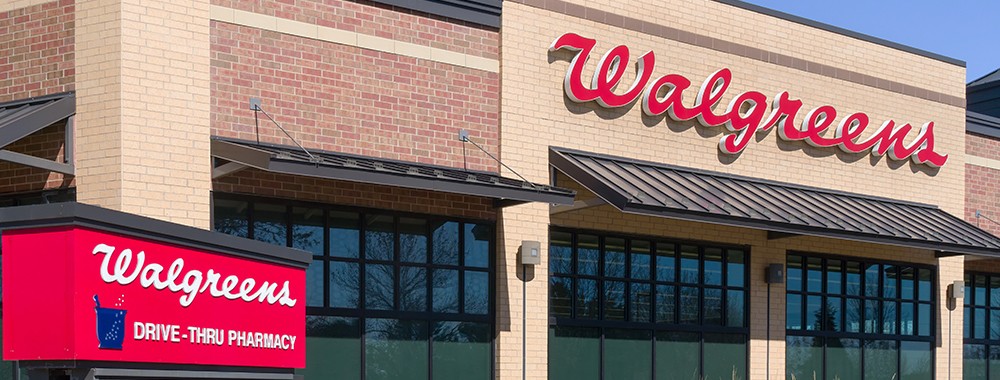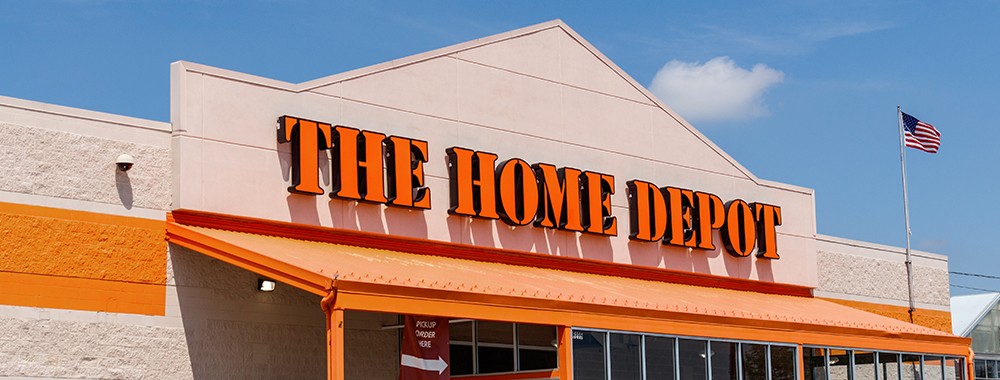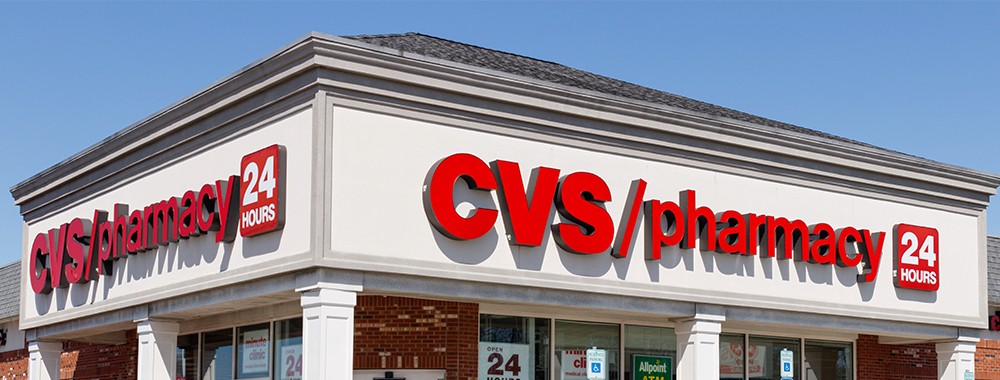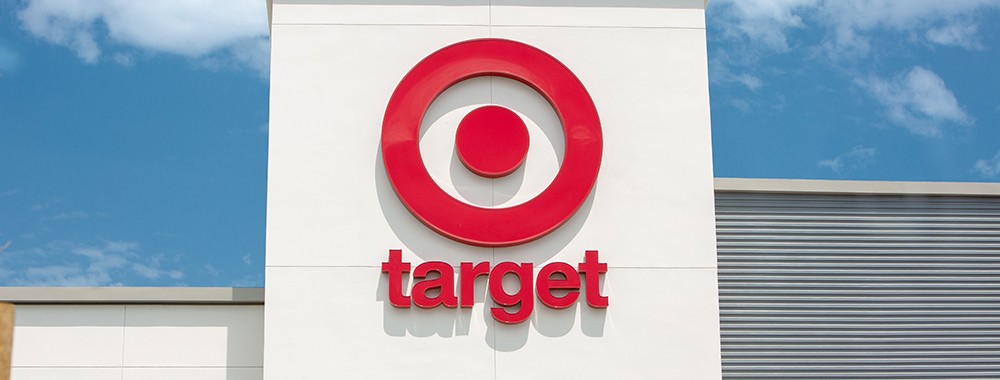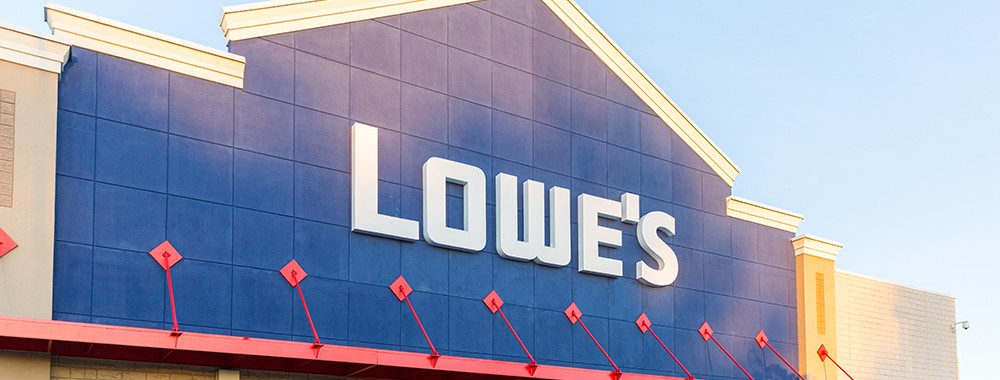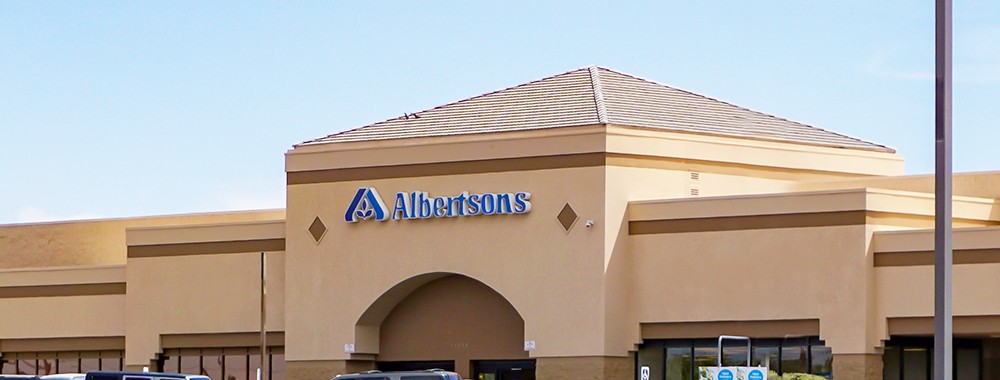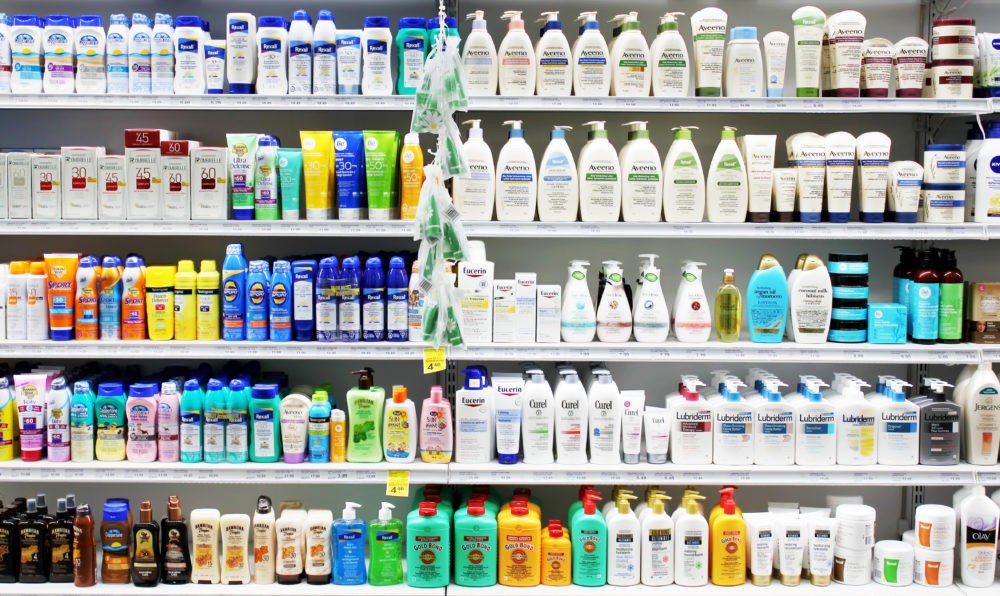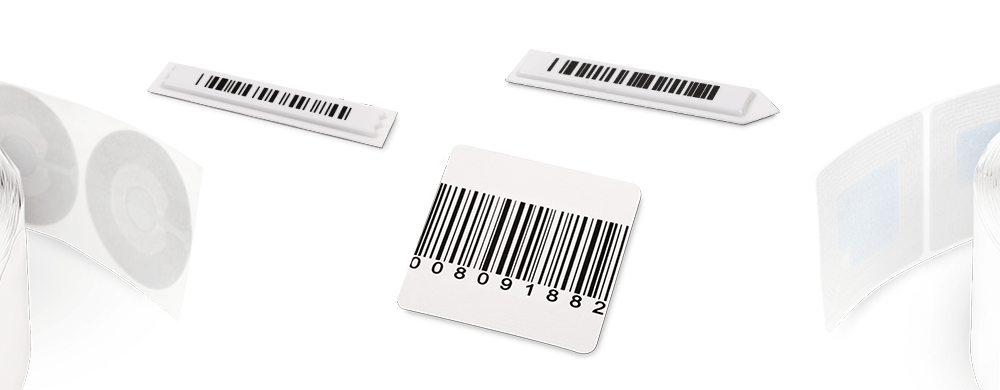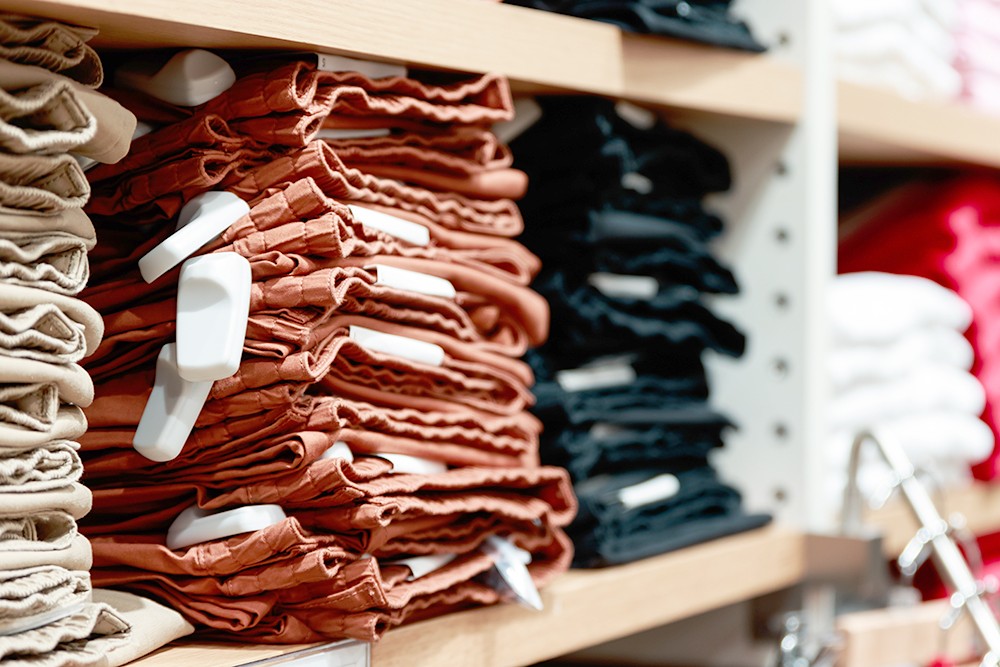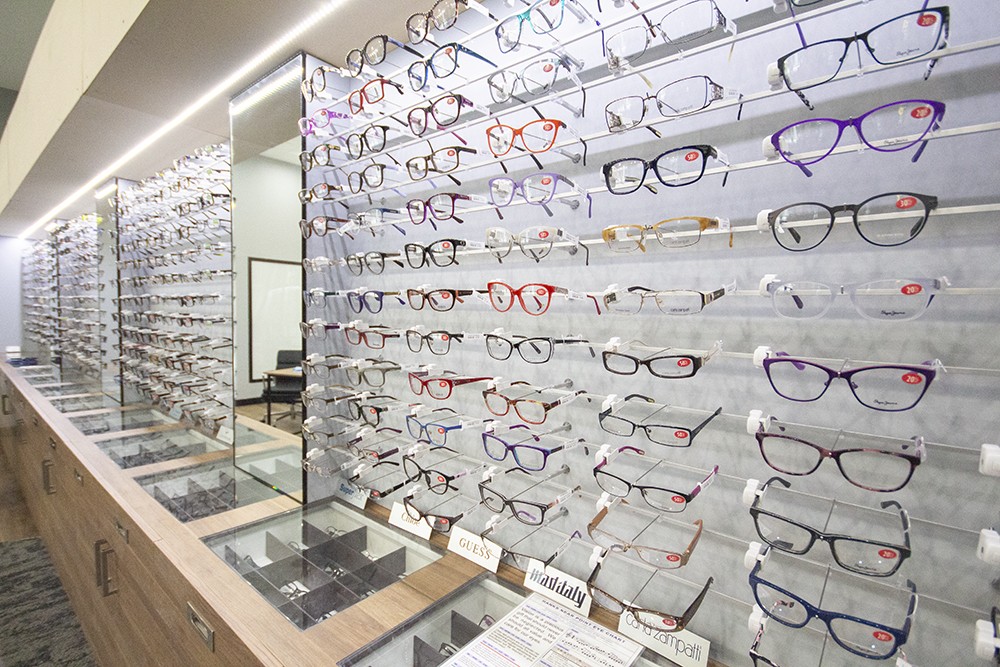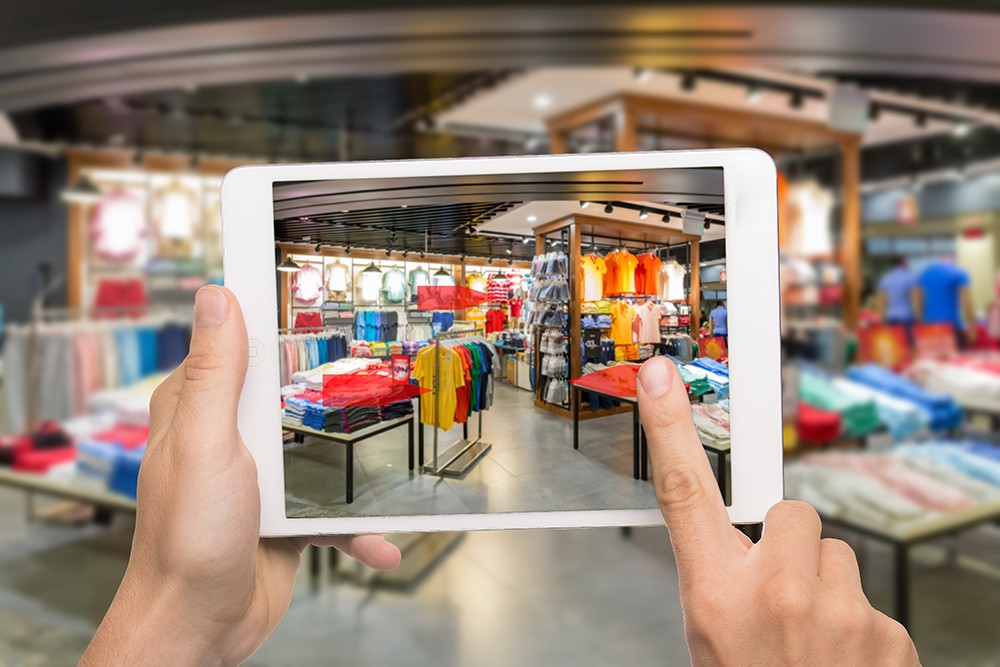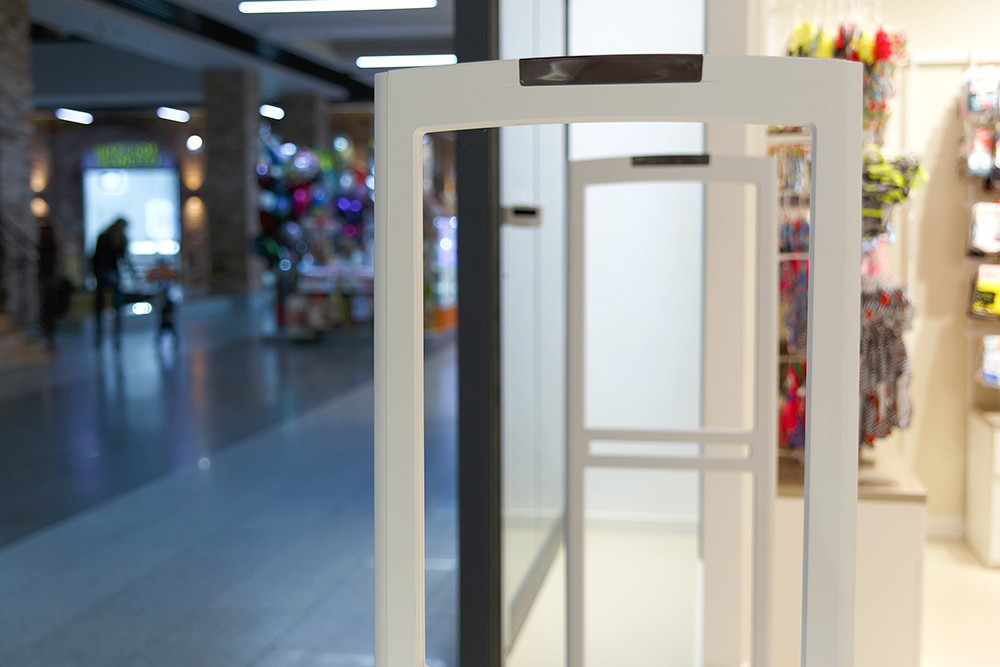With just over a month until US students head back to school, retailers are beginning to reap the rewards, with a Deloitte survey finding Back to School spending is expected to reach $27.8 billion and the majority of shopping will occur in store.
They further note the bulk of the purchasing will take place four-to six weeks before school resumes with late July/early August accounting for 62 per cent, or $17.3 billion of all spending.
As retailers find themselves in the thick of a Back to School shopping bonanza, here’s an insight into Deloitte’s findings for 2019.
The survey
Each year Deloitte Access Economics conducts a survey into the Back to School spending habits of American households.
This year they interviewed 1200 parents of school aged children to find Back to School spending is up marginally (1.8 per cent) on last year, and while the majority of purchases will be made in-store, online retail is increasing.
Bricks and mortar reigns supreme
In 2019, parents will spend on average $519 per student, up $9 on 2018. Collectively that will equate to $27.8 billion on Back to School expenditure, with many households opting to get in early to complete their shopping list.
Almost two-thirds (62 per cent) of all Back to School shopping will be completed four to six weeks before school resumes, making now the prime time for retailers to cash in.
“Households plan to spend 56 per cent of their budget in-store and 29 per cent online with the remaining 15 per cent up for grabs with undecided shoppers,” Deloitte notes.
That means online has grown slightly since 2016, increasing by seven per cent over that time. However, some sectors see a higher online retail component than others while mobile technology is increasingly sought after.
“Compared to last year, electronic gadgets represent the only category in which online sales are expected to grow at the expense of in-store shopping (an increase in nearly 20 percentage points),” the report explains.
“Mobile use is expected to increase this year (+7 percentage points in planned use), while desktops/laptop, and social are expected to decline. Newer tech (e.g., voice assisted, digital reality) has yet to gain traction for B2S.”
The spending breakdown

When it comes to what’s on the Back to School shopping list, clothing and accessories dominate the expenditure, while the sector experiencing the largest growth is electronics and gadgetry like smart phones, tablets, wearables and digital subscriptions.
The report notes 2.6 per cent more consumers intend to spend on electronics and gadgetry this year compared to 2018, with an average increase of $41 per customer. This equates to an $800 million increase in this sector overall or a rise of 29 per cent.
By and large this preference for electronics and gadgetry comes at the expense of computers and hardware sector, which is expected to see a drop of $600 million overall.
It is estimated:
- $15 billion will be spent on clothing and accessories
- $6.1 billion will go to school supplies
- $3.1 billion will be invested in computers and hardware
- $3.6 billion will be spent on electronic gadgets such as cell phones and smart phones, tablets and e-readers, wearable devices, voice and mobile data plans, and digital subscriptions
Where people will buy
The report goes on to look into consumer purchasing behaviour, noting mass merchants retain their spot as the number one shopping location (88 per cent plan to visit), with online-only, dollar stores, specialty retailers, and off-price rounding out the top five retail locations.
“Similar to 2018, higher-income shoppers are more likely to visit department stores, home electronics, and specialty apparel, while lower-income shoppers are more likely to visit price-based formats (e.g., mass market, dollar stores),” Deloitte says.
When selecting a retailer, consumers will also be driven heavily by price, followed by product, convenience, then brand.
The report found:
- 88 per cent of consumers will make a decision based on price
- 81 per cent will choose a retailer based on product
- 80 per cent will select a retailer for convenience
- 28 per cent will opt for a store based on their experience and brand
